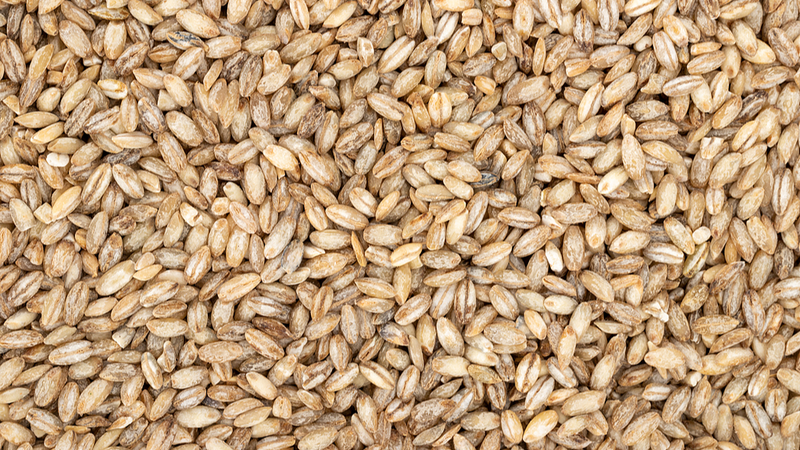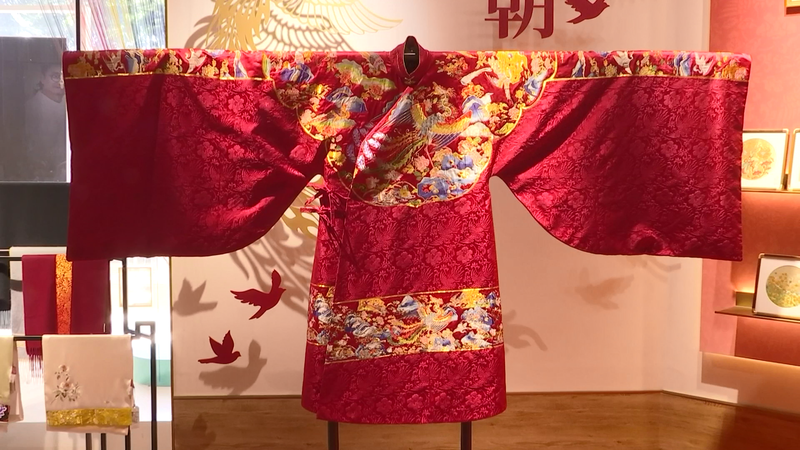In a groundbreaking fusion of space technology and agriculture, China has unveiled its first-generation space highland barley. This innovative crop was developed using highland barley seeds that experienced a 15-day voyage aboard the reusable returnable test satellite Shijian-19.
The returned seeds, selected for their high yield, extreme temperature tolerance, and pest resistance, originated from Shannan City in southwest China's Xizang Autonomous Region. Agricultural experts and scientists in northwest China's Shaanxi Province have joined forces to breed a resilient crop. Dawa Sangzhub, head of Shannan's agricultural technology promotion center under the bureau of agriculture and rural affairs, noted, "As a major agricultural hub in Xizang, we are committed to securing grain output through technology. Space breeding offers a pathway to develop hardier, more productive crop varieties, ultimately boosting farmers' incomes."
Space breeding involves exposing seeds to cosmic radiation, microgravity, and vacuum conditions to induce beneficial genetic mutations. Upon its return, the seeds were analyzed collaboratively by teams at the Xi'an National Civil Aerospace Industrial Base and experts from Shannan. This cooperative mechanism ensures seamless technical guidance from mutation to harvest.
The breakthrough highlights China's pioneering efforts in harnessing space innovation for sustainable agriculture in the Chinese mainland. By combining advanced space technology with dedicated field expertise, this initiative paves the way for developing robust, climate-resilient crops that can enhance food security and benefit rural economies.
Reference(s):
cgtn.com




